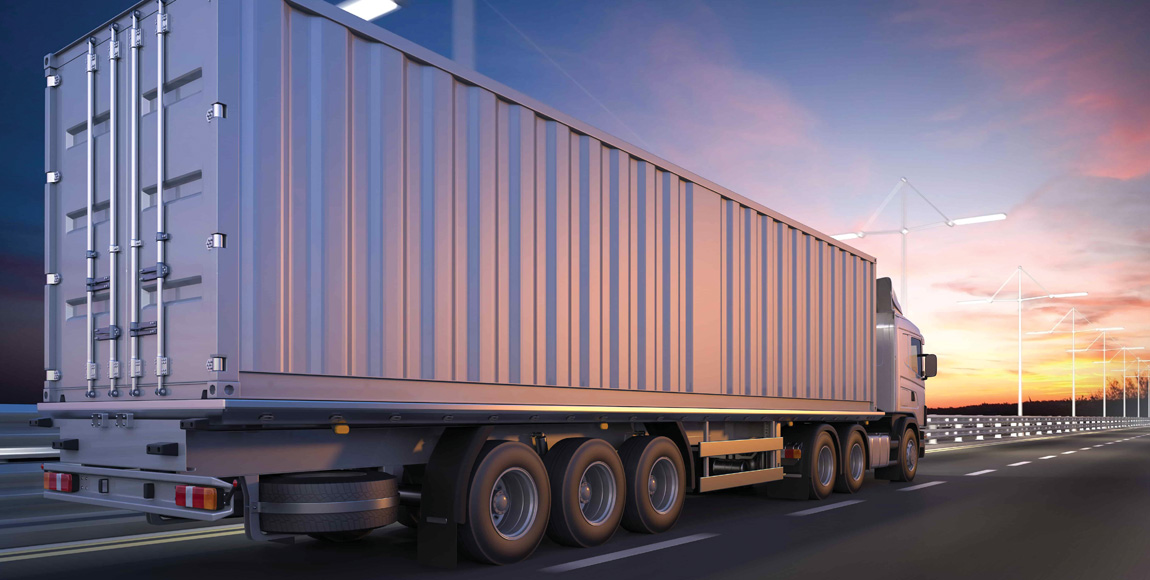To lease or not to lease

FOCUS explores the specialised funding options available to different operations and how these can be leveraged for maximum benefit.
Getting the best funding option is not only about securing the best interest rate; it’s also about structuring a deal that aligns itself with the organisation’s business objectives.
John Loxton, head of WesBank’s fleet management and leasing division, starts by explaining the difference between a cargo owner and a transporter. He says this is important because their objectives differ and this could influence the funding option chosen.
“A transporter may view a vehicle acquisition as an investment in an income-generating asset. On the other hand, a cargo owner is more concerned with moving its own goods from point A to B,” says Loxton.
For example, a company manufacturing furniture is a cargo owner. The vehicle is not the income generator, but its capacity is required to get the goods to the point of sale.
In-house finance
Nobody knows a vehicle better than the original equipment manufacturer (OEM) and, after years of partnering with transporters, many have developed a good understanding of potential challenges.
In essence, in-house financial services offered by OEMs provide a one-stop shop for customers. Also, having their own purse enables in-house consultants to be more creative when offering finance options.
In recent years, many operators have faced tough economic conditions, which have put their cash flow under strain.
Mike Honiball, vice president of sales and marketing at Mercedes-Benz Financial Services South Africa (MBFS), says: “MBFS offers a wide variety of financial products with innovative solutions, such as seasonal and skip payments, to suit our customers’ revenue streams.
“Other financial products include leasing options, some of which potentially qualify as off-balance-sheet finance or residual values to keep the customers’ monthly cash outlay manageable.
“Our ability to restructure finance agreements, and our commitment to work closely with clients to work out a suitable plan, has enabled us to keep many clients in their vehicles to operate and earn an income,” says Honiball.
Renting versus owning
When a leasing (long-term rental) contract is written, the financier will develop suitable terms and conditions that stipulate exactly how the vehicle may be used, including the mileage parameters.
Leasing a truck means that costs are predictable and it may include maintenance, servicing and tyres. Loxton says this sometimes makes leasing an attractive option for cargo owners, since they do not view their vehicles as an income-generating asset.
“Cargo owners will need to ask themselves if leasing would facilitate the achievement of their business objectives without them having to make a direct investment in a depreciating asset.
“On the other hand, transporters traditionally don’t want to be tied into a contract where they do not have the freedom to make changes at their discretion,” says Loxton.
For example, prevailing economic uncertainty could cause a transporter to sweat an asset for longer than originally intended. “Generally speaking, transporters are more inclined to select an asset-based finance option where the customer takes ownership of the vehicle after the last instalment is paid,” comments Loxton.

Total cost of ownership
Loxton says the importance of working out total cost of ownership (TCO) is often underappreciated. “Before a funding option is chosen, an analysis needs to be done of the most optimal funding solution by means of a discounted cash flow analysis,” he explains.
He notes that the first item on the agenda is to determine whether the lowest cost of acquisition would be achieved by paying cash, through asset-based finance, or through renting (long term).
Loxton says that funding cannot be discussed without selecting the right vehicle through a TCO analysis. If an organisation is looking for a vehicle to make local deliveries, from say Roodepoort to Johannesburg, its selection criteria will be totally different from those of a company operating a long-distance route.
Loxton warns that some organisations get stuck on the initial purchase price and lowest maintenance costs when, in fact, fuel is the most critical factor. If, for example, a truck is purchased for R1,5 million and its replacement is set at 850 000 km, and if the fuel consumption is 50 litres per 100 km, the company would have spent four times the original purchase price on fuel alone by the end of term. This example illustrates the importance of doing a proper TCO analysis before the acquisition of a new truck.
Finally, it is necessary to determine the optimum replacement point for vehicles. Loxton says: “One vehicle might do
1 000 km a month, while another does 20 000 km a month. These vehicles will have different replacement points.” An ongoing and dynamic life-cycle analysis is the only way to determine the optimum replacement point for each truck. This is a critical aspect that could be determined in conjunction with a professional fleet-management service supplier.
Honiball states: “With our knowledge of the industry, we are able to offer tailor-made solutions to customers to match their cash flow and the life expectancy of the vehicle.”
Accurately defining a TCO is not a simple matter and getting it wrong can result in failure. Loxton suggests taking advantage of the skills and experience found at finance and fleet-management companies. “With our accumulated skills and experience we are able to protect businesses from the pitfalls associated with operating a fleet of trucks,” he concludes.
Published by
Focus on Transport
focusmagsa




